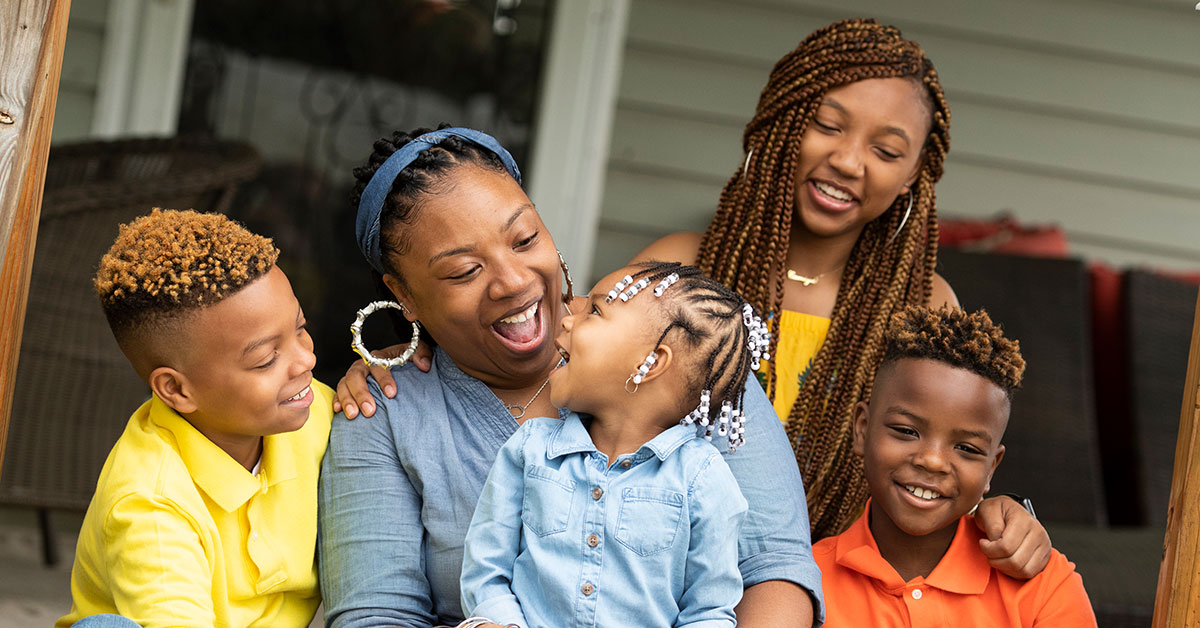
Youth residing in juvenile detention, correctional and/or residential facilities in United States
Youth residing in juvenile detention, correctional and/or residential facilities
Downloading image...

Why This Indicator Matters
A change is underway in out our nation's approach to dealing with young people who get in trouble with the law. Although the United States still leads the industrialized world in the rate at which it locks up young people, youth incarceration and confinement rates in the U.S. are rapidly declining.
Use the filters on the left to view juvenile incarceration rates by state and year.
Learn More About Youth Incarceration in the United States
Juvenile Detention Explained
How many children are in detention centers in the United States? What is the long-term impact of juvenile detention?
Reducing Youth Incarceration
Building on the success of Juvenile Detention Alternatives Initiative®, the Annie E. Casey Foundation is intensifying efforts to reduce the number of youth placed into correctional institutions and other residential facilities.
Juvenile Detention Alternatives Initiative®
JDAI® is a network of juvenile justice practitioners and partners across the country working to build a better and more equitable youth justice system. JDAI began more than 25 years ago as a pilot project to reduce reliance on local detention, the front end of the juvenile justice system. By design, reform in JDAI sites has expanded beyond juvenile detention to broader reform goals.
Kids Deserve Better: Why Juvenile Detention Reform Matters
Youth Incarceration Rates in the United States (Infographic)
Definition and Source
PROVIDER
Definition
"State of Offense" refers to the State where the juvenile committed the offense for which they were being held. The rate is the number of juvenile offenders in residential placement per 100,000 juveniles ages 10 through the upper age of original juvenile court jurisdiction in each State.
Values include persons under age 21 who had been (1) charged with or adjudicated for an offense; (2) assigned a bed in a facility that can hold accused or convicted juvenile offenders; and (3) placed in the facility because of the offense. CJRP does not capture data on juveniles held in adult prisons or jails. Values include both pre-adjudicated and post-adjudicated individuals. CJRP does not include facilities exclusively intended for drug or mental health treatment even though such facilities may house some offenders. There may, however, be numerous juveniles in residential placement captured by CJRP that were receiving such treatment. State refers to the state where the offense occurred.
Data Source
Notes
Last Updated